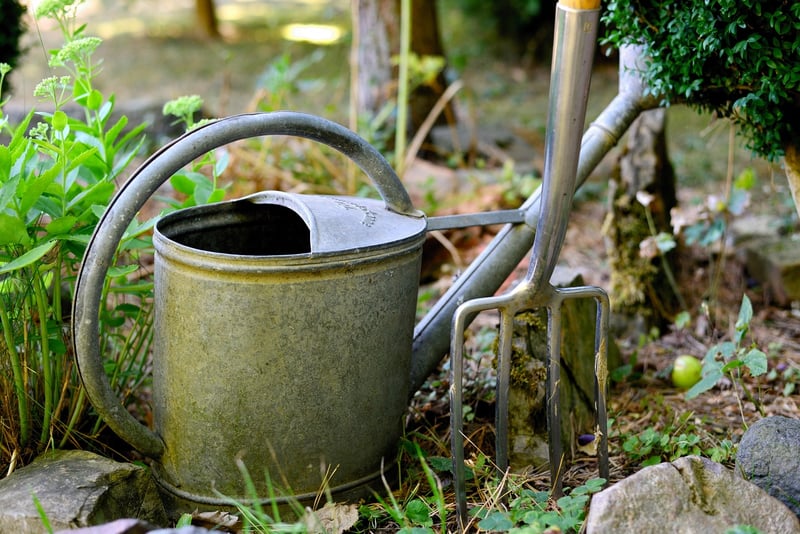Watering Techniques
Essential Guidance for Proper Plant Watering Techniques
Proper watering is crucial for the health and vitality of your plants. Whether you're a novice or experienced gardener, understanding the fundamentals of watering techniques can make a significant difference in the growth of your beloved plants. Here are some essential tips to help you master the art of watering:
1. Know Your Plants
Understand the specific water requirements of each plant in your garden. Some plants prefer moist soil, while others thrive in drier conditions. Research the watering needs of your plants to avoid overwatering or underwatering.
2. Watering Frequency
Establish a watering schedule based on the type of plant, season, and local climate. In general, it's better to water deeply and less frequently to encourage deep root growth. However, newly planted or potted plants may require more frequent watering.
3. Watering Techniques
Use a watering can, hose, or drip irrigation system to deliver water directly to the root zone of the plant. Avoid overhead watering, especially during hot and sunny periods, as it can lead to water loss through evaporation.
4. Check the Soil
Before watering, check the soil moisture level by inserting your finger into the soil. If it feels dry to the touch, it's time to water. However, if it's still moist, hold off on watering to prevent waterlogging.
5. Mulching
Apply a layer of mulch around your plants to help retain soil moisture, reduce evaporation, and suppress weed growth. Mulching also regulates soil temperature, creating a conducive environment for plant roots.
6. Watering Tools
Invest in quality watering tools such as watering cans, hoses with adjustable nozzles, and soaker hoses. These tools provide better control over the water flow and distribution, ensuring efficient watering without wastage.

7. Rainwater Harvesting
Consider collecting rainwater in barrels or containers to use for watering your plants. Rainwater is free from chemicals and at the right temperature, making it an excellent natural source of water for your garden.
8. Monitor Plant Health
Pay attention to signs of underwatering or overwatering such as wilting, yellowing leaves, or root rot. Adjust your watering schedule accordingly to meet the needs of your plants and promote healthy growth.
Conclusion
By following these essential watering techniques and guidelines, you can ensure that your plants receive the right amount of water to thrive and flourish. Remember, proper watering is key to a successful and vibrant garden!
Happy gardening!
